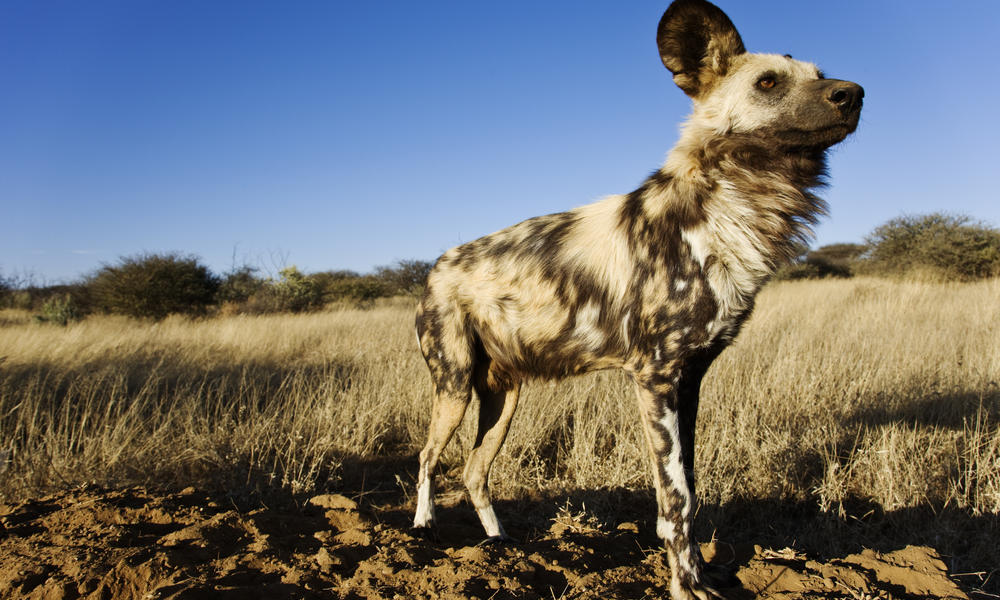
Do you know what make baby giraffe becom special?
Why do the baby giraffe become special animal? Maybe you don't know why but some factoflife I will tell you in my post here can explain for you. Try to know it because maybe you need it in future.
Fun information and facts about giraffe for kids
Fact #1
The giraffe is the tallest mammal on earth. New-born baby giraffes are even taller than mosthumans. And males can grow up to 5.5 meters (18 feet) tall.
Fact #2
The neck of a giraffes is too short to reach the ground. So it has to awkwardly spread its front legs or kneel to reach the ground for a drink of water.
A giraffe face
Fact #3
Like snowflakes and human fingerprints, no two giraffes have the same spot pattern.
Fact #4
Baby Giraffes can stand within half an hour of being born. After only 10 hours, they can actually run alongside their family.
A baby giraffe
Fact #5
Giraffes only need 5 to 30 minutes of sleep in a 24-hour period.
Fact #6
Giraffes only need to drink once every few days. Most of their water comes from plants they eat.
Fact #7
The idea that giraffes make no sound is untrue. When giraffes snort, bellow, hiss, etc, they make flute-like or low pitch noises beyond the range of human hearing.
Fact #8
Before mating, the female giraffe will first urinate in the male's mouth.
Giraffe couple in love
Fact #9
Giraffes are ruminants. This means that they have more than one stomach. In fact, giraffes have four stomachs, the extra stomachs assisting with digesting food.
Fact #10
Drinking is one of the most dangerous times for a giraffe. While it is getting a drink it cannot keep a look out for predators and is vulnerable to attack.
Fact #11
Male giraffes sometimes fight with their necks over female giraffes. This is called “necking”. The two giraffes stand side by side and one giraffe swings his head and neck, hitting his head against the other giraffe. Sometimes one giraffe is hit to the ground during a combat.
Fact #12
A giraffe's habitat is usually found in African savannas, grasslands or open woodlands.
Fact #13
The hair that makes up a giraffes tail is about 10 times thicker than the average strand of human hair.
Fact #14
Giraffes have a great sense of sight and smell and are able to run at speeds up to 35 miles per hour.
Fact #15
However, a baby giraffe in the wild is vulnerable because it has a shorter gait and is unable to keep up with the herd if a predator is detected. In the days and weeks following a birth, a mother giraffe will sometimes leave her baby hidden in tall grass for a few hours while she eats and roams.
See more things in my blog animal, plant, country,...















